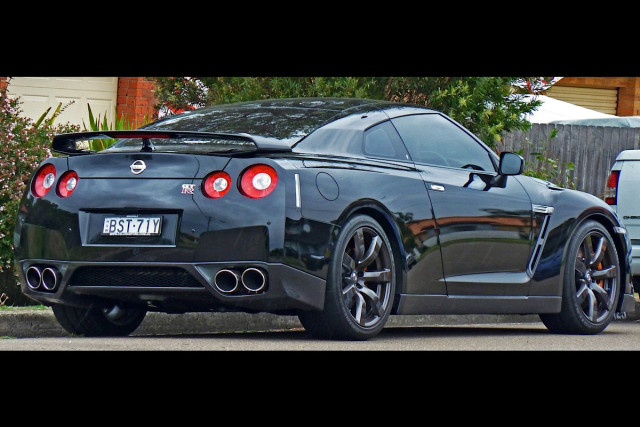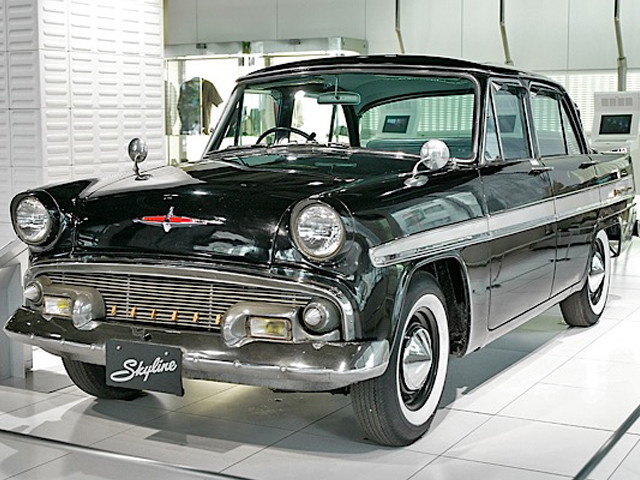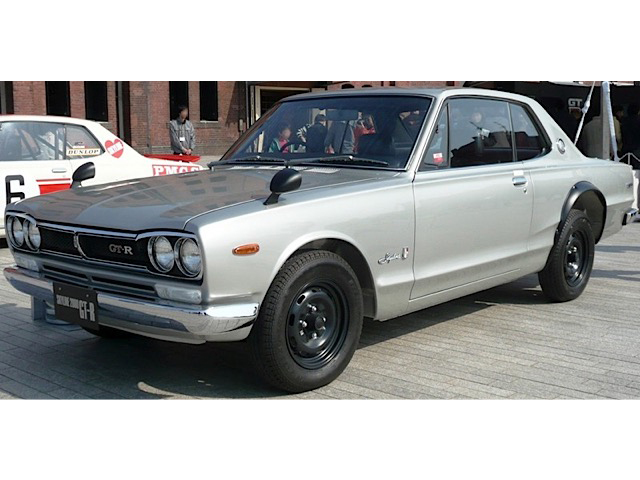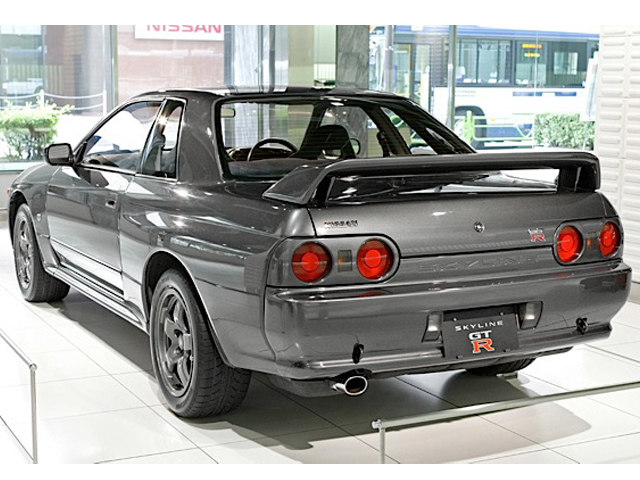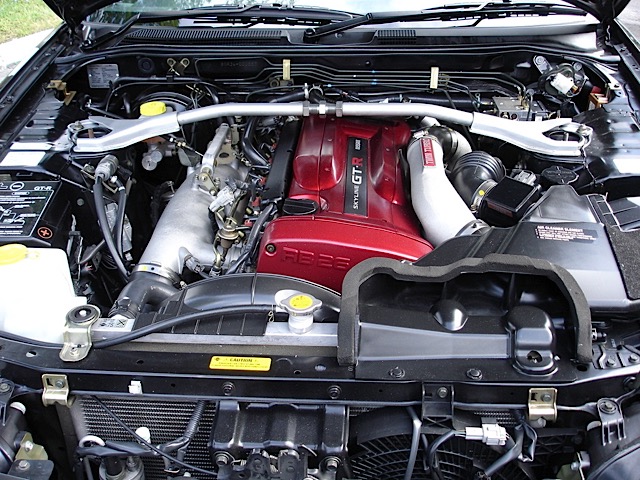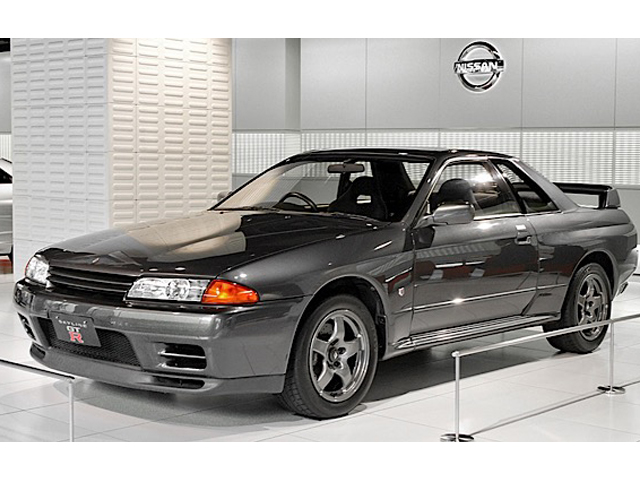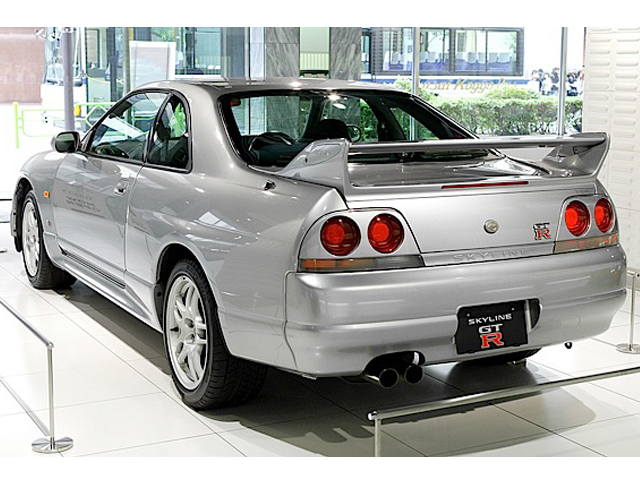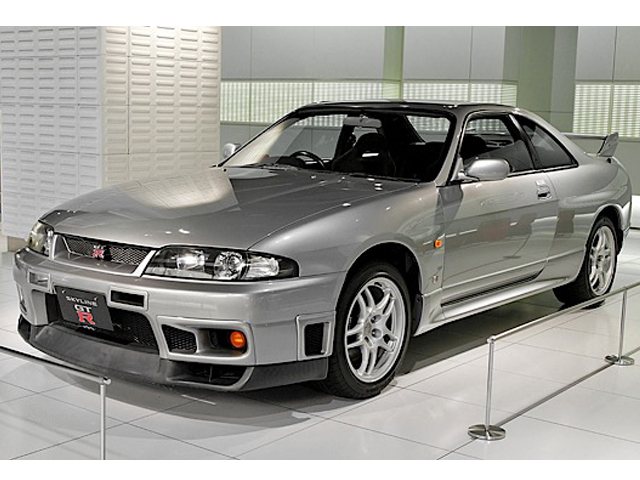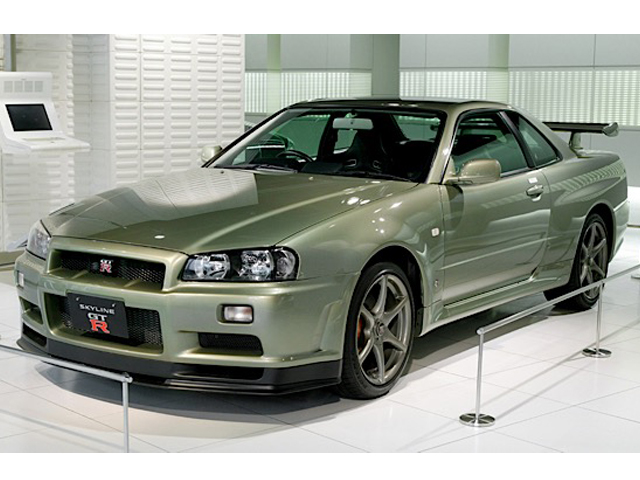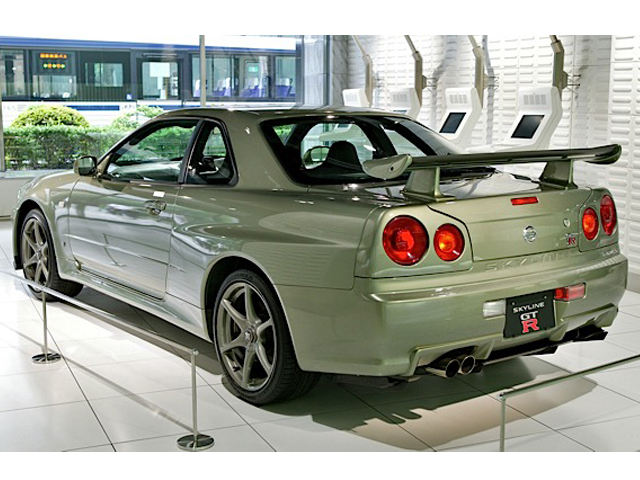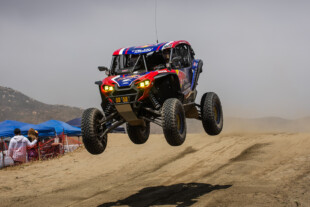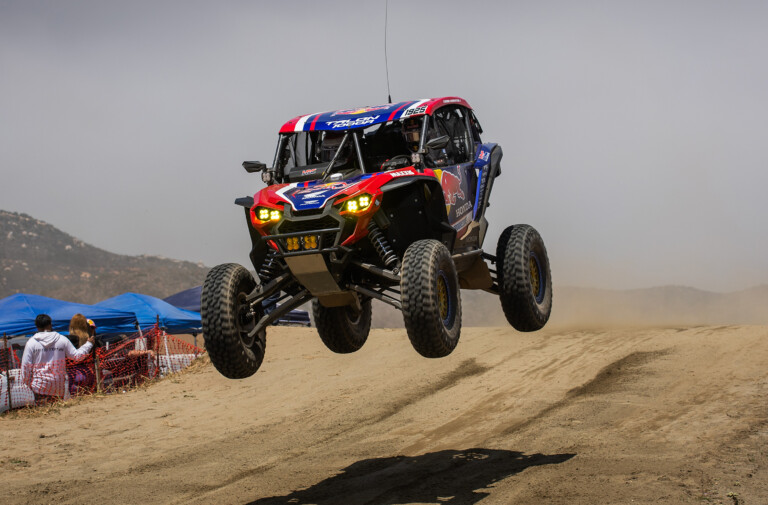Nissan’s Skyline GT-R is a mythical automotive unicorn that is considered to be Japan’s golden child. With the growing demand of R32 GT-R’s since they are now legal to own and drive in the United States, let’s touch up on some interesting facts regarding the legacy of the beloved Skyline GT-R. Posted on ” target=”_blank”>YouTube, let’s check out some facts you may or may not know about the coveted car that is the Skyline GT-R.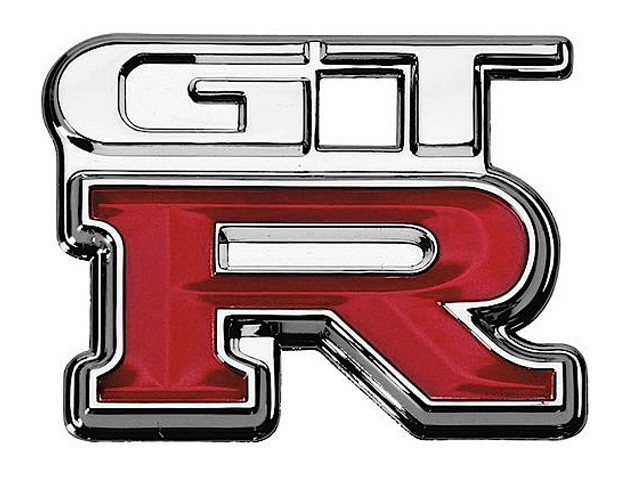
The first generation Skyline was sold in Japan from 1957 to 1963, with a production count of only 33,759 units. Designed by Takuya Himura, the first Skyline looked more like a luxury car than the sports car it is today.
Built by Prince Motor Company, which later merged with Nissan in 1966, the first generation Skyline was heavily influenced by the Oldsmobile 88 as well as popular design aesthetics from cars in North America during that time period.
In 1964, the S54 Skyline GT-B, an early predecessor of the GT-R, finished second at the Japan Grand Prix, losing to the Porsche 904. The term GT-R stands for Gran Turismo Racer, with the GT-B designation used on the S54 standing for Gran Turismo Berlinetta.
The first Skyline GT-R appeared in 1969, dubbed the PGC-10 or Hakosuka, which in English translates to Box Skyline. Utilizing a 2.0-liter S20 inline six-cylinder motor, this DOHC engine produced 160 hp.
The Skyline went through several body changes to get to how it looks today.
Introduced as a coupe in 1971, the first generation Skyline GT-R garnered 18 victories though 1972 on the professional racing circuit. As a result, Nissan rolled out another GT-R in September 1972, but only stayed in production until March 1973.
Due to the oil crisis across the globe, people sought after economy cars, leaving high-performance cars to wither away. With no purpose for the car, Nissan pulled out of the motorsports racing world and ceased production of the GT-R.
In 1980, Datsun released the Skyline GT-EX, the first Japanese car to feature a turbocharged engine. The GT-R was the last the world would see until 1989, when the BNR32 hit the scene.
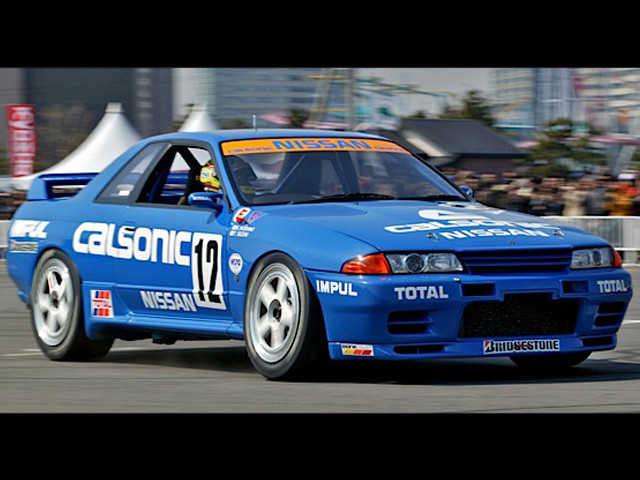
The R32 came out in full force with its perfect RB-series straight-six engine, engineered to meet racing regulations. The iR32 Skyline GT-R was a homologation model that qualified Nissan for Group a racing and Japan Touring Car Championship (JTCC) competition. The T-R dominated winning 29 straight races over two seasons, overcoming weight penalties to continue winning. A GT-R took the JTCC title consecutively from 1989 to 1993. With such domination the R32 GT-R was nicknamed Godzilla. Interestingly, Nissan Skyline race cars are often labeled as numbers 2,3, or 23. In Japanese, 2 is pronounced Ni and 3 is pronounced San, resulting in Nissan with an extra S supplemented. The R33 GT-R was one fast machine as well, but there wasn’t anything that stood out in particular other than the GTS-R, which is a rare model that is highly sought after by tuner enthusiasts.
The R32 GT-R was anything but extraordinary when it debuted in 1989.
Despite Nissan having factories and production lines all across the globe, the automaker has never produced a Skyline GT-R outside of Japan. In 2010, 225 Skylines took to Silverstone Circuit in the United Kingdom, claiming the Guinness World Record for the most Nissan Skylines in one place and the most Skylines together on the track.
Last but certainly not least, the R35 doesn’t have Skyline in its name due to Nissan previously awarding the designation to the Infiniti brand. With such an amazing legacy that continues to grow today, the GT-R remains a well respected automobile and an icon in Japanese automotive audacity.
The changes between the R33 GT-R (top row) and the R34 GT-R (bottom row) made for a more aggressive street car.



